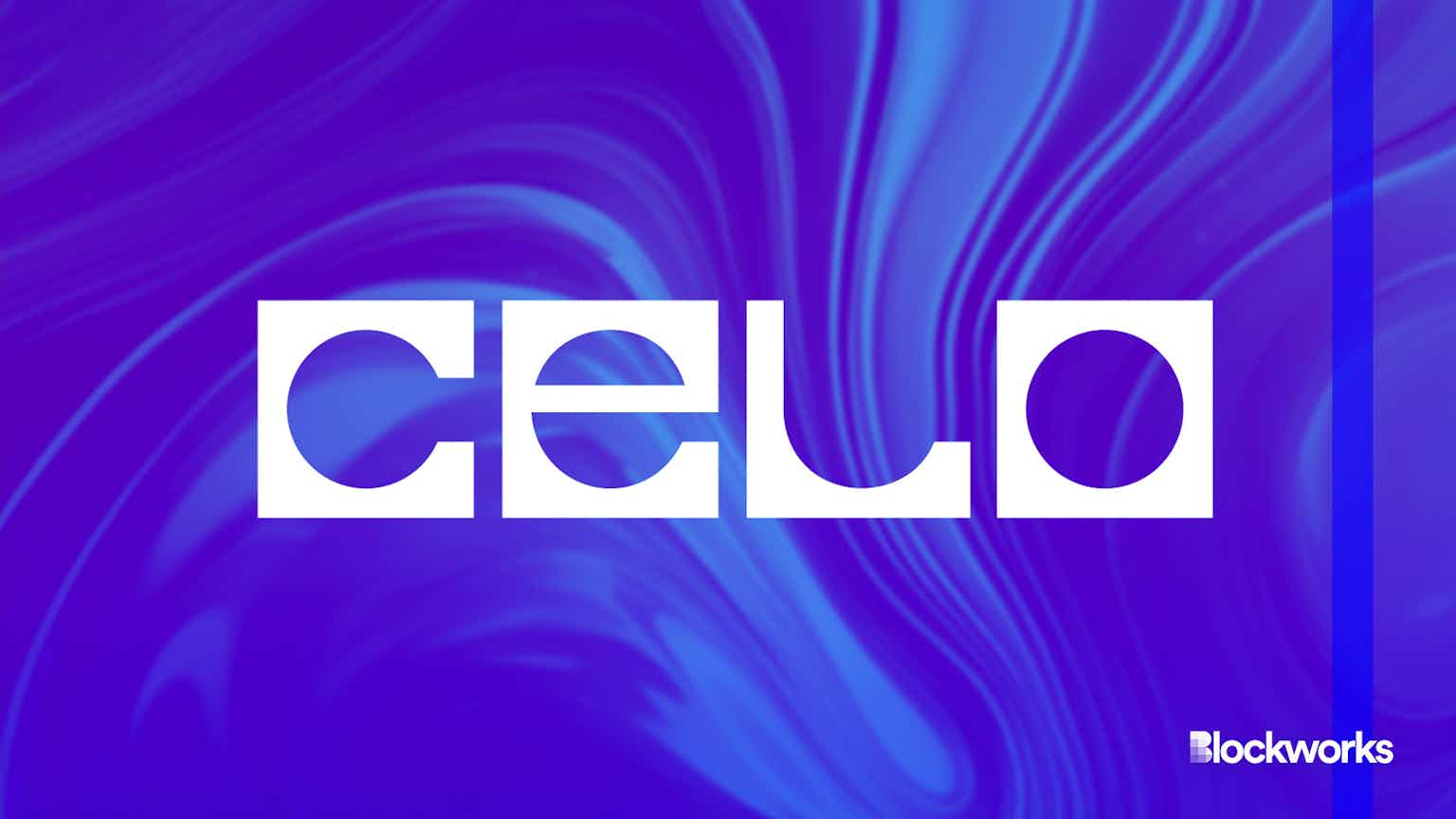MIT and Boston Fed Conclude First Phase of CBDC Research Project
The Boston Fed and MIT said the first phase of the project proved a CBDC could feasibly support cryptographic payments

Financial District Skyline and Harbour at Dusk, Boston, Massachusetts | Credit: Shutterstock
key takeaways
- The Boston Fed and MIT wrapped up the first phase of their CBDC project, dubbed Hamilton
- Researchers looked at the risks and benefits of CBDC design while toying with aspects of cryptography, distributed systems and blockchain tech
The Federal Reserve Bank of Boston and the Digital Currency Initiative at MIT have concluded the first phase of a research project analyzing the merits and technical feasibility of a central bank digital currency (CBDC).
Dubbed Project Hamilton, the pair described the concept as a “theoretical high-performance and resilient transaction processor,” in a blog post on Thursday.
The project is not intended to create a usable CBDC for the US. Instead, the project has set out to assess the nascent tech for “opportunities and tradeoffs associated with a hypothetical general-purpose [CBDC],” according to the pairs’ white paper published alongside the post.
To better understand the risks and benefits, Hamilton’s aim has been to build a test environment from scratch to determine the nuanced decisions they pose on the impact of the final CBDC design.
In the first phase, researchers touched on aspects of the design, ranging from cryptography, distributed systems and blockchain tech, to build and test platforms that would provide ammunition for policymakers, the pair said.
Specifically, MIT and the Boston Fed said a CBDC “could support cryptographic payment” while offering up greater complexity in transfers to multiple sources of funds. They also said a retail CBDC could deliver beyond what is currently available to consumers with cash or bank accounts.
Indeed, the researchers who coded the project were able to achieve a system capable of handling 1.7 million transactions per second, while “the vast majority of transactions” were able to settle in under two seconds.
Over the next few years, MIT and the Boston Fed said the second phase of the Hamilton project will explore alternative designs to the technical implementation of CBDCs and build upon the first phase’s focus on privacy, resiliency and functionality.
“It is critical to understand how emerging technologies could support a CBDC and what challenges remain,” said Jim Cunha, the Boston Fed executive vice president and interim chief operating officer, in the post.
“This collaboration between MIT and our technologists has created a scalable CBDC research model that allows us to learn more about these technologies and the choices that should be considered when designing a CBDC.”
So far, the US has taken a cautious approach to CBDC policy. While no plans have been set forth to introduce a digital dollar into the US economy, both Treasury Secretary Janet Yellen and Federal Reserve Chairman Jerome Powell have warmed to the idea.
In January, the Federal Reserve Board of Governors released its own research paper assessing the benefits and costs around CBDC implementation through the lens of effective policy. It concluded that a CBDC’s design would influence monetary policy while contributing to a robust, safe and stable financial system.
Start your day with top crypto insights from David Canellis and Katherine Ross. Subscribe to the Empire newsletter.





